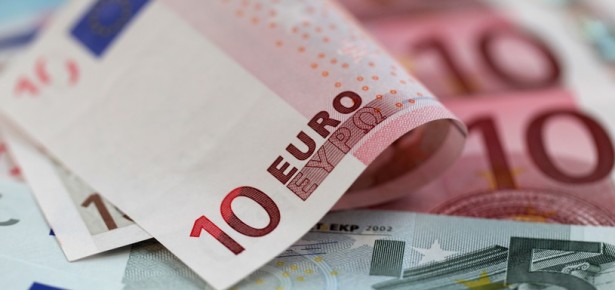
In the last couple of months, the sentiment towards the eurozone has markedly improved. In particular, credit risk has diminished, and the economies of Southern Europe have started to grow again. Increasingly, some investors, economists and politicians insist that the worst of the Euro crisis is over and that Southern Europe has improved its position through reforms, wage restraint and cuts in public spending.
In stark contrast to this growing optimism, the consensus among monetary historians has hardly changed. Most of my colleagues remain convinced that the Euro remains a precarious monetary experiment. Nobody would dare predict its collapse, but neither would anybody bet on its survival. The crisis may not be as pressing as in 2012, but the euro is still considered a patient suffering from a chronic disease.
Monetary historians know about the non-linear character of financial crises. Imbalances can persist over a long period of time, hidden in plain sight.
The major reason for this striking skepticism is the empirical observation that in the last 100 years there has not been any monetary union without a political union. There needs to be a central government in addition to the member states, endowed with overriding authority in the areas of banking supervision and banking resolution and with a sizeable fiscal budget. The eurozone has made several steps into this direction by creating the European Stability Mechanism (ESM) that provides funds to member states in times of crisis and by establishing some elements of a banking union. Yet, these steps are hardly sufficient. Ultimately, the politicians and the electorate have to agree to a substantial transfer of power to a central authority. Otherwise, the patient will never fully recover.
Another important reason is that monetary historians know about the non-linear character of financial crises. Imbalances can persist over a long period of time, hidden in plain sight. The interwar gold standard was established in the mid-1920s and seemed to work quite well for several years. Keen observers knew about its weaknesses, but they were not listened to. Then, in 1931, some countries were forced to leave the gold standard, among them Germany and the United Kingdom. But in France, Italy and some smaller European states politicians and voters remained convinced of the future of the gold standard. It took another five years, until they realized that the current monetary system was not sustainable. Another example is the latter phase of the Bretton Woods system. As early as 1960 some economists understood that there were growing imbalances built into the monetary regime. But it took another ten years, until US President Richard Nixon suspended the gold convertibility of the US dollar.
Finally, monetary historians have thoroughly studied how individual countries have chosen their exchange rate regime. A particularly interesting sample is the group of small developed European states such as the Benelux and Scandinavian countries as well as Austria and Switzerland, because it allows us to make a comparative analysis. One important result of this research is that the rationale underlying a specific choice can completely change within a short period of time.
Take the example of Switzerland. As late as 1970, the Swiss National Bank (SNB) excluded the possibility of shifting from a fixed to flexible exchange rate regime. Three years later the Swiss franc left the Bretton Woods system, and the Swiss government declined to participate in the monetary system run by the European Economic Community (EEC) that was later to be the European Union. Two years later, the Swiss changed their mind and applied for membership, but its request was rejected by some members of the EEC. In 1978, the SNB introduced an exchange rate floor against the Deutschemark in order to stop the rapid appreciation of the Swiss franc. The same measure was taken in September 2011, this time against the Euro. This regime still persists today, but the moment will come when the SNB will have to change course once more.
The lesson to be drawn from this example is clear: The Euro may look like a regime that is to last forever, and perhaps it will, but monetary historians know that surprises, not long-term plans has defined the monetary history of Europe. Their skepticism towards the growing optimism is well-founded.
Latest Comments
Have your say!